The transformation of Team Quest
 Educators never feel like they have enough time to do all the things they want to do with students. But for Team Quest at Crossett Brook Middle School in Duxbury, Vermont, the constraints of traditional subject area, schedule and process had become unbearable. So this two-person grade 5-6 team decided to opt for radical transformation.
Educators never feel like they have enough time to do all the things they want to do with students. But for Team Quest at Crossett Brook Middle School in Duxbury, Vermont, the constraints of traditional subject area, schedule and process had become unbearable. So this two-person grade 5-6 team decided to opt for radical transformation.
They changed the who, what, and when of their teaching.
And. They. Love it.
The first priority was building a child-centered community. But the team also wanted to collaborate with all the teachers who worked with their students. And they wanted all students to access the curriculum at the ambitious levels of their district’s cross-curricular proficiencies.
Based on their priorities, the team committed to responsive flexibility. With a large uninterrupted block of time to divide up as they wished, they crafted a new schedule.

Changing the when: new daily segments
- 8:00-8:30: Rotation. Based on culture-building activities such as the Circle of Power and Respect and a team-based Town Meeting.
- 8:30-9:30: Workshops! Students participate in self-directed learning activities or small group mini-lessons in literacy and numeracy. Each Monday, students create their schedule for the week using the workshop planning sheet. In some cases, teachers assign workshops but for the most part students select their learning opportunities. And on Fridays students self-assess progress on their goals and in relation to a self-direction learning scale. The sheet goes home in a “Friday Folder” for parents to review and sign.
- 9:30-10:05: Problem-solving. During this time students engage in problem solving using a generalized problem solving framework. Students tackle tasks from various content areas, including rich math problems, design challenges, and geography via Mystery Skypes.
- 10:05-10:30: Recess.
- 10:30-11:00: Reading. Students participate in book groups where they read books of interest at their level and discuss in small groups.
- 11:00-11:40: Integrated Inquiry. This is set aside for integrated thematic project based learning. It is heavy on science and social studies, with writing throughout, though it can also include conceptually focused mathematics such as geometry.
- 11:40-12:30: Band, chorus, and study hall. Students who aren’t participating in music can use this time for small group work with teachers.
- 12:30-2:30: Applied Academics. While students are off team, teachers are planning with each other and collaborating with other teachers and interventionists.
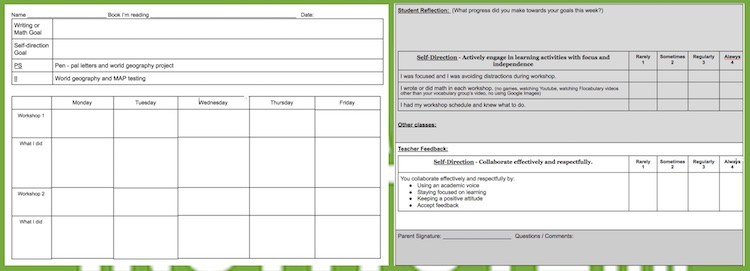
Collaboration in changing the what
Planning time is key because all of the whole-group instruction is delivered in parallel by teachers Melissa Williams and Curtis Taylor. They co-plan the Problem Solving and Integrated Inquiry lessons, then teach the lessons at the same time.
The teachers report that their curricular “what” greatly benefits from this professional collaboration.
And they have the freedom to “find something that students are interested in, something we are interested in.”
…and the who

This also means that each teacher is teaching all the content areas. I’ll type that again so you can take in the scope of this change: each teacher, teaches ALL the content areas.
That’s a huge departure in the “who” derived from a typical division of labor!
This video, developed by Crossett Brook’s superstar librarian and media-maker Jen Hill, gives an excellent sense of the flow of the day.
How on earth do they pull this off?
When asked what a team should have in place to tackle this kind of model, Williams and Taylor offered these key attributes:
- Flexibility
- Dedication and diligence
- Complementary skills
- Ability to let go of control
- Strong collaborative relationship
- Willingness to try new things
Notice that for the most part these are dispositions, not skills. In that sense, the only thing standing between most teams and this type of model is a willingness to try it.
But there are also some school factors that need to be in place. Namely:
- Common planning time
- Uninterrupted blocks of instructional time that can be structured by the team
- Administrative support for risk-taking
- Cross-curricular learning objectives (e.g., the Vermont Transferable Skills)
Again, most of these conditions are in place in many middle schools. Yet the last one, cross-curricular learning objectives, is less common but crucial.
Wait, what’s the why again?
Because the motivation for and benefits of this transformation touch all three pillars of Act 77: proficiencies, personalization, and flexible pathways.
And that’s a whole lot of powerful why.
Pillar One: Proficiency-based learning (based on cross-curricular skills)
Starting this school year, Washington West Supervisory Union has put in place a set of cross-curricular Learning Expectations. Although Team Quest has been doing integrated units for years, they saw this as the chance to try to integrate almost everything.
Co-planning and parallel teaching the Problem Solving and Integrated Inquiry units has had huge benefits.
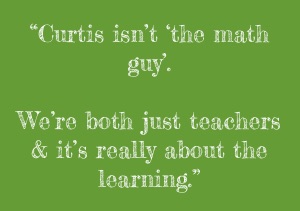
(1) Authentic Learning
As Williams puts it, “the learning just feels so much more authentic. We can find something the kids are interested in, that we are interested in, and target specific skills with it.”
This puts the focus on growth and natural curiosity. Williams continues, “It’s not about the teacher and the subject any more. Curtis isn’t the ‘math guy.’ We’re both just teachers and it’s really about the learning.”
(2) Connections
Williams and Taylor are constantly learning from each other. Taylor notes that “the more we do this, the more connections we are seeing.” He gives an example of recently noticing that “statistics is just a summary in numbers the same way you would summarize something you’ve read.”
And students are seeing those connections too.
This is important for learning in general and can be very helpful in recognizing patterns that need to be addressed. During a recent student-led conference, one student connected his new growth in editing writing with the need to check and correct math work. It’s not clear that he would have made that connection in a more silo-ed environment.
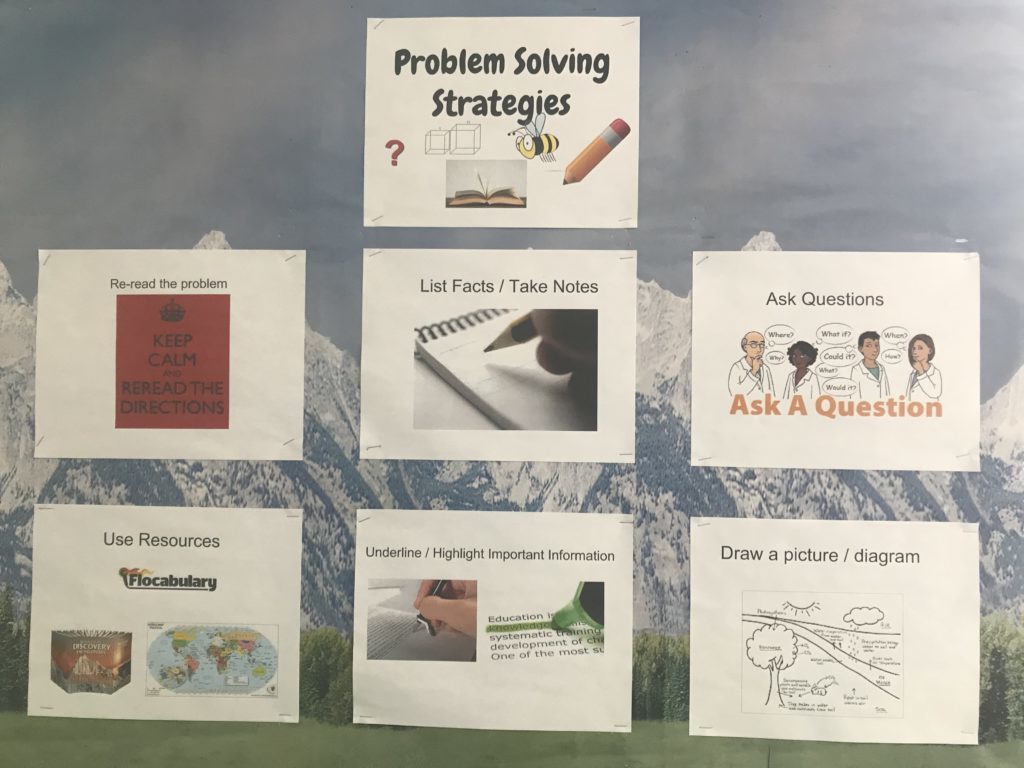
(3) Clarity and accountability
When the team co-plans lessons together, it forces them to develop crystal clear lesson objectives and tight activities. Taylor notes, “in the past I might just reach into my toolbox but now I have to be really thoughtful and work through it with Melissa beforehand.”
They also help each other learn about concepts and hone strategies within their own areas of specialization. For example, Taylor is the math specialist but he observes that “Melissa has a unique perspective on math that many students, especially those who are struggling, can really connect with.”
Pillar Two: Personalized learning plans

In the workshop model and reading book groups, learning is highly personalized. It’s like PLPs on a micro scale.
“Students pursue what they need, when they need it,” according to Williams.
Students tackle numeracy and literacy skills at their own pace through a blend of digital tools, peer consultation, and small group mini-lessons with teachers. Some of those mini-lessons are pre-planned by teachers with certain students selected. Others are on-demand based on student requests.
It’s efficient, engaging, and empowering.
With the individualized aspects of the model in place, Williams and Taylor can afford to be highly selective about whole group learning foci. And the flexible schedule allows these topics to unfold naturally in a way that is deeper and more responsive to the personal interests of students.
Williams and Taylor feel like they know their students personally and academically better than ever before. The huge amount of co-planning allows them to talk about students more frequently and with greater shared purpose.
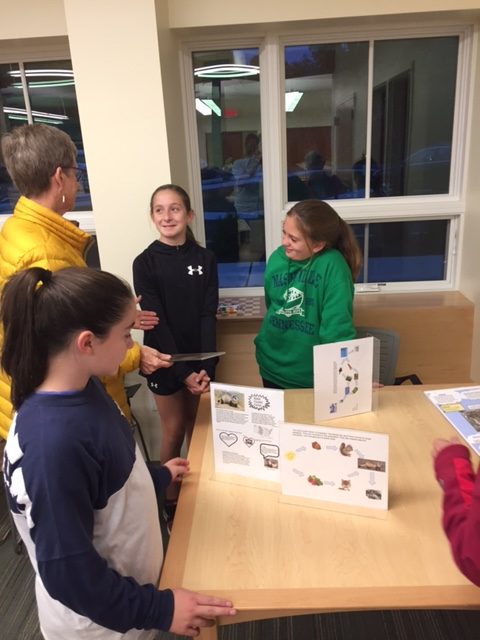
Pillar Three: Flexible pathways
Flexible pathways are certainly present in the self-directed portions of the day as students engage in anytime, anywhere learning. The mentorships and community connections possible during the whole group instructional block is another example.
The student-centered nature of the model also allows for intensive and intentional collaboration with other adults in the school. The librarian, special educators, interventionists, and others can work with Quest students to provide services and support as needed.
Stigma is nearly nonexistent.
Each student is focused on getting their own needs met. And nobody notices how, where, or from whom their peers are learning at any given time.
So, where could you start with your own changes?
If you like the sound of this model, you may be wondering how much work it is. Williams and Taylor report that it was labor intensive to develop but that now they are in the flow. The total amount of prep time is similar to previous years, but much more rewarding and enjoyable.
As Taylor explains:
With all the pieces each day, there are definitely more different things to prep for. But when you really know the kids, and you know what they need, and you know where they need to go next, prep isn’t hard. I know exactly what numbers to give that kid next. I know this kid needs a read aloud, this kid needs comprehension.
They feel that in the past they spent an inordinate amount of energy working to make meaningful learning happen within artificial constraints. Constraints such as 50-minute class periods, whole group instruction, and subject matter silos.
Now they can work to provide a balanced, student-centered environment. Williams summarizes their journey this way:
How are we going to make it so these kids don’t fall through the cracks? Or how are we going to make it so these other kids feel challenged? But how are we also going to have whole class experiences so everybody can be together? So this is just a balance of all of it. It’s got individual needs, some whole group things, and social aspects like our team Town Meeting and our recesses. It’s all intentional. Everything we do is intentional.
One clue to the sustainability of this model?
Taylor was out on paternity leave for two months in the middle of this year. His long-term sub was able to jump in and back out of the schedule seamlessly. Just. Imagine.
Also, this year has been a new cohort of Quest students, so these current 5th graders will be able to hit the ground running next year as 6th graders. Williams and Taylor are excited to build upon the routines and processes they’ve started.
To hear them tell it, this may be one of those rare cases where transformation ends up being smoother and more sustainable than incrementalism.

This is why, when asked directly whether there is a piece that other teams can start with as an entry point, Williams’s instant reaction is “I would say just blow it open.”
Who’s up for it?


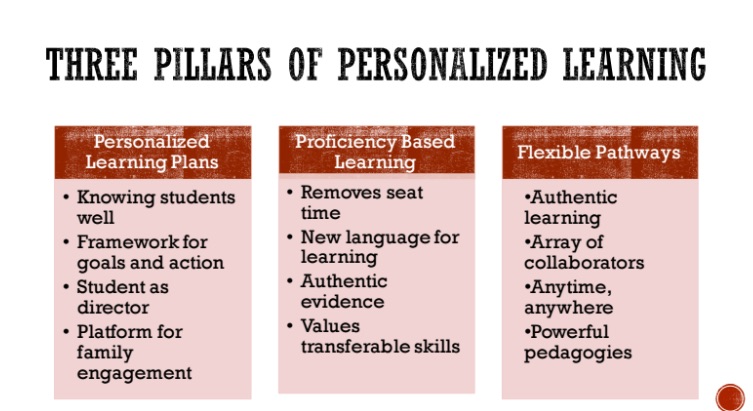
We are rethinking our schedule.Are your workshop planning sheets available in another way? PDF? I had a hard time reading two worksheets.
Sure! Would a Google Doc work?